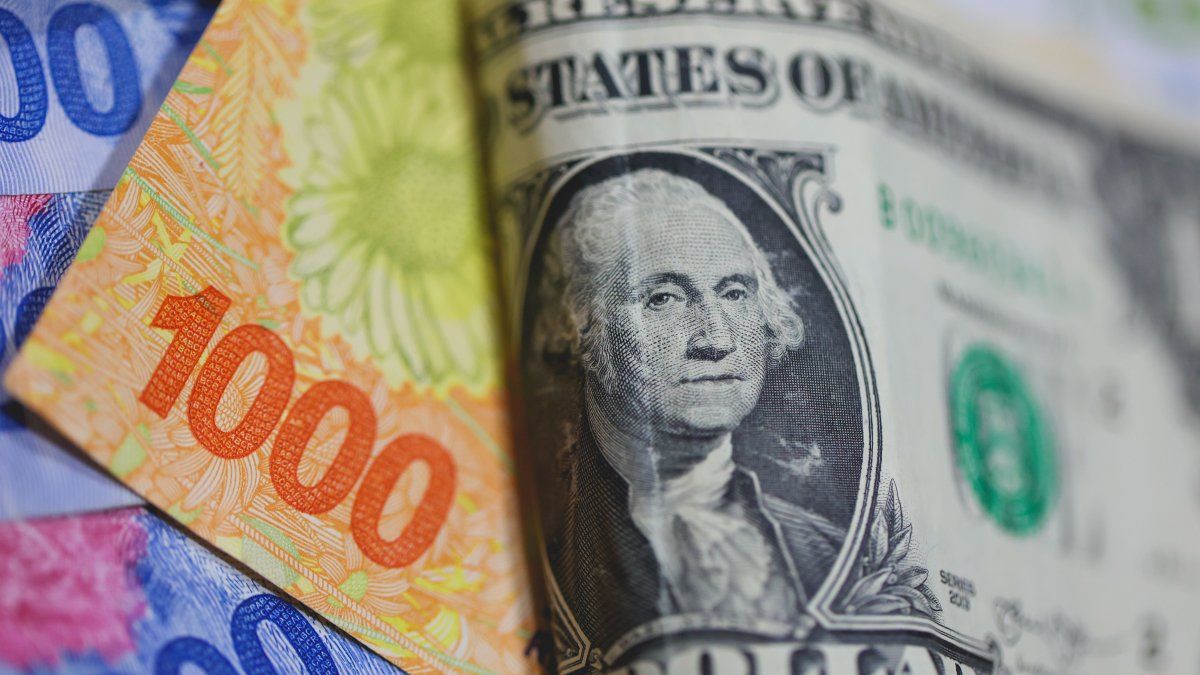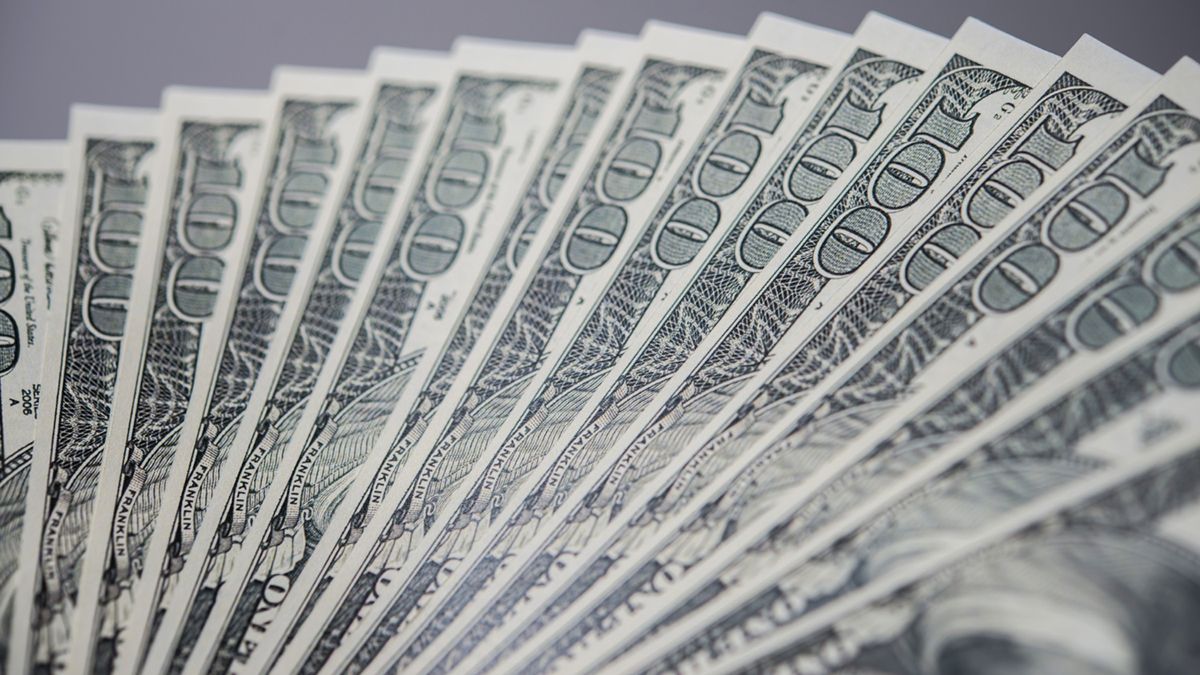The reduction of the crawling peg, which will go from 2% to 1% starting in February, had already been anticipated by the Government, so the measure did not generate surprises. However, President Javier Milei had previously indicated that this decision would be conditional on monthly inflation reaching 2.5%, a value lower than that officially reported. ¿What reaction is expected in the markets?
Eduardo Levi Yeyati and Federico FilippiniChief Economic Advisor and Chief Economist of Adcap Financial Groupthey said: “We hope that local markets will react positively and that investors are likely to extend duration, particularly on the longest fixed-rate bonds available, in anticipation of another rate cut. This development will likely push the market beyond the peak levels of optimism seen on November 14.since the longer bonds should outperform the shorter ones depending on the lower expected inflation.”
In turn, Federico Machadoeconomist Open Economyanalyzed: “With the reduction of the “crawling” to 1%, the current rate in pesos goes from a return of 8.5% per year in official dollars to 22.2% per year. It is expected that the market will jump headlong and that rate compresses. To return to the 8.5% yield, the TNA in pesos would have to fall 12 points.”
Finally, from Aurum Valores, they considered that “beyond the fact that the action seems unwise to uswe consider it important to monitor the implications that this will have on fixed income instruments due to expectations of lower rates that would cause; even more so, considering tomorrow’s tender.”
A report of Personal Investment Portfolio (PPI) argued that cutting the ‘crawling peg’ is “a strategic maneuver both to deepen disinflation by influencing unregulated goods (weighting of 64.3%) and to make the crawl rate spread more attractive, which is key to sustaining the ‘carry trade’ of importers and exporters and that results in purchases of BCRA reserves.”
So, PPI agreed that there is room for a reduction in yields in pesos: “With the statements of Milei (after the October data) and Caputo (after the November data), the market began to pass it on to prices via a strong compression of rates , especially in the long stretch of the fixed rate curve. This brought the crawl spread to almost zero at the long end of the curve. A reduction in the crawl would widen the spread with the rate from around 0.6/0.7 percentage points TEM (monthly effective rate) to 1.6/1.7 percentage points in the short section of the curve and would restore it to 1 .1/1.2 in the long section. That is why “We see room for a rate cut.”
When will rates go down?
On the immediate horizon a new drop in peso rates is emerging, topic that will be addressed this Thursday during the board meeting of the Central Bank (BCRA). In the last update, the Monetary Policy Rate went from 35% to 32% nominal annually. It is possible that a reduction of three percentage points will be repeated, although a more moderate decrease is also considered, of only two points, taking it to 30%, due to the possible effects of a more pronounced drop in the price of the dollar in the stock market. If there is something that the Government seeks to maintain, it is exchange rate stability, so as not to deviate from the path of reducing inflation.
Another key aspect to monitor is the Treasury debt tender scheduled for this Wednesday, which will probably register a high participation due to expectations of a rate reduction. During the day, It will be possible to observe the yields of Lecap and Boncap in their different terms. A sum greater than $1.7 billion expires this weekcorresponding mostly to a Lecap that must be amortized in the coming days.
Source: Ambito
David William is a talented author who has made a name for himself in the world of writing. He is a professional author who writes on a wide range of topics, from general interest to opinion news. David is currently working as a writer at 24 hours worlds where he brings his unique perspective and in-depth research to his articles, making them both informative and engaging.




